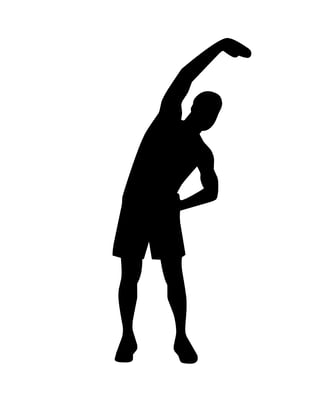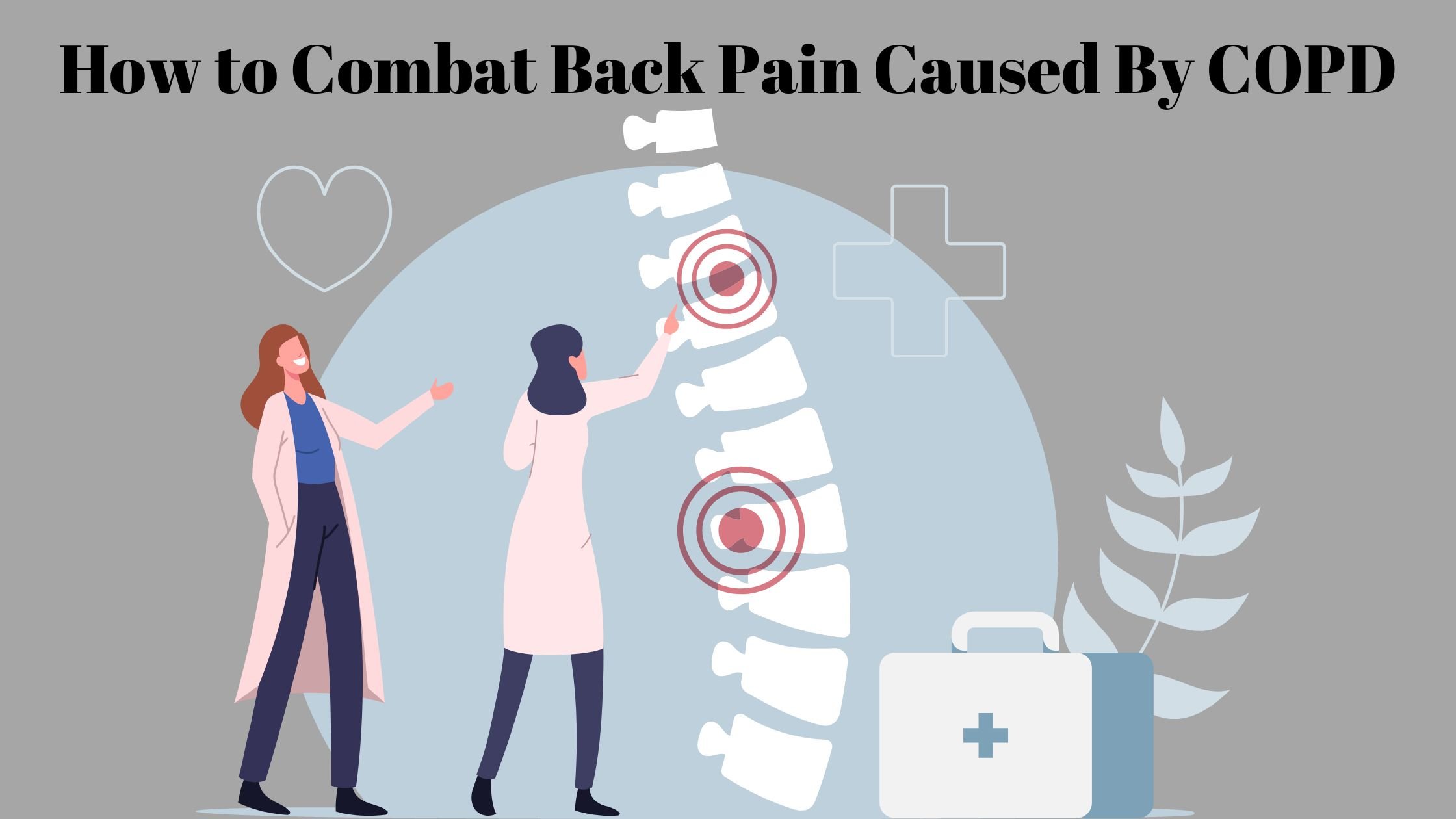
While COPD is usually characterized as a breathing disorder, it is a complex disease that can cause a variety of different ailments besides respiratory decline. One of of these is back pain, a serious ailment that afflicts nearly fifty percent of patients with COPD
Back pain caused by COPD can be mild or severe, and in extreme cases even debilitating. It can be acute and short-term, or it can be chronic, lasting for days or months at a time.
Besides being plain painful, back pain can interfere with your daily life and make it difficult to continue your normal routine. If severe, it can even interfere with your COPD treatment and leave you unable to exercise and do other things that are important for your health.
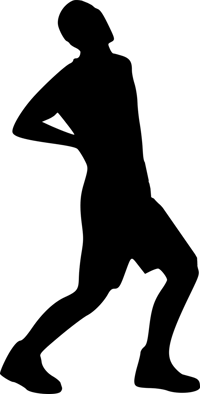
Luckily, back pain is very treatable, and there are many simple things you can do in your daily life to minimize your back pain. In this guide, we're going to introduce you to a variety of natural techniques and practical methods you can use to get relief.
Whether it's acute or chronic, most types of back pain can be reduced with healthy habits and lifestyle changes like exercise, posture, and diet. That's why it's so important to examine your everyday habits and lifestyle to identify things that might be contributing to your pain.
If you don't start treating your back pain now, it may only get worse over time. That's why it's important to take action now, before the pain takes an even greater toll on your life and your ability to manage your COPD.
Instead of waiting it out or assuming your back pain will go away on its own, learn what kinds of actions you can take in your daily life keep your back healthy and strong. In this article, we are going to help you do just that, by helping you understand why COPD causes back pain and how you can use a variety of simple methods to treat your back pain at its source.
Understanding Back Pain and COPD
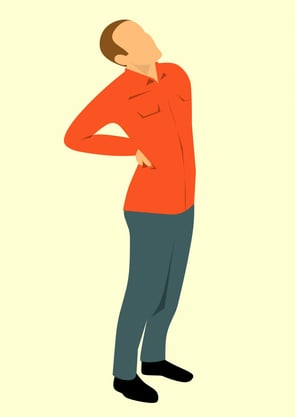
Back pain is a very general symptom that can have a variety of different causes. But if you have COPD, your back pain could be directly or indirectly caused by your disease.
COPD-related back pain tends to be chronic and also tends to affect the lower back. In fact, research shows that more than forty percent of people with COPD experience chronic lower back pain.
COPD patients can suffer from any type of back pain or a combination of multiple kinds at once. Here is a quick overview of the main types of back pain and how to recognize them.
Acute Back Pain
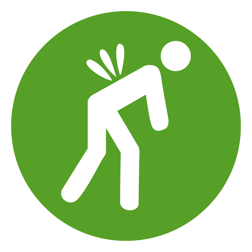
Acute back pain is usually defined as short-term back pain lasting for less than six weeks. It is usually caused by injury or trauma and resolves relatively quickly.
Many people feel acute back pain as a sharp pain or dull ache. The pain can be minor or it can be severe enough to affect your daily life, making it difficult to move, work, and sleep.
Chronic Back Pain
Chronic back pain is back pain that lasts longer than six weeks and doesn't get better on its own. It can be caused by inflammation, strain, or injury and doesn't usually get better on its own.
Chronic back pain is often in the lower back and feels like a deep aching or burning. It tends to travel from your back to your hips and legs and get worse when you stay still for long periods of time.
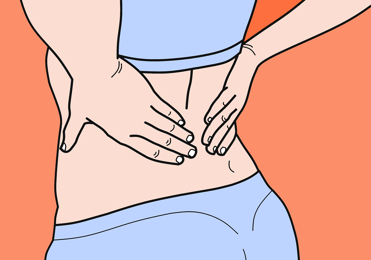
Mechanical Back Pain
Mechanical back pain is any kind of back pain caused by a mechanical injury to your muscles or spine. That includes pain from strain, accidental injuries, poor posture, and other physical causes.
Inflammatory Back Pain

Inflammatory back pain is, in a way, more chemical than it is physical. It is caused inflammation inside your body that damages the tissue of your muscles, bones, and/or joints in your back.
Back pain caused by inflammation is often chronic and gets worse when you sit for too long or don't get enough physical activity. Chronic back pain is usually more difficult to relieve and manage than acute or mechanical back pain, and the most common treatments are exercise and anti-inflammatory drugs.
How COPD Causes Back Pain
Osteoporosis
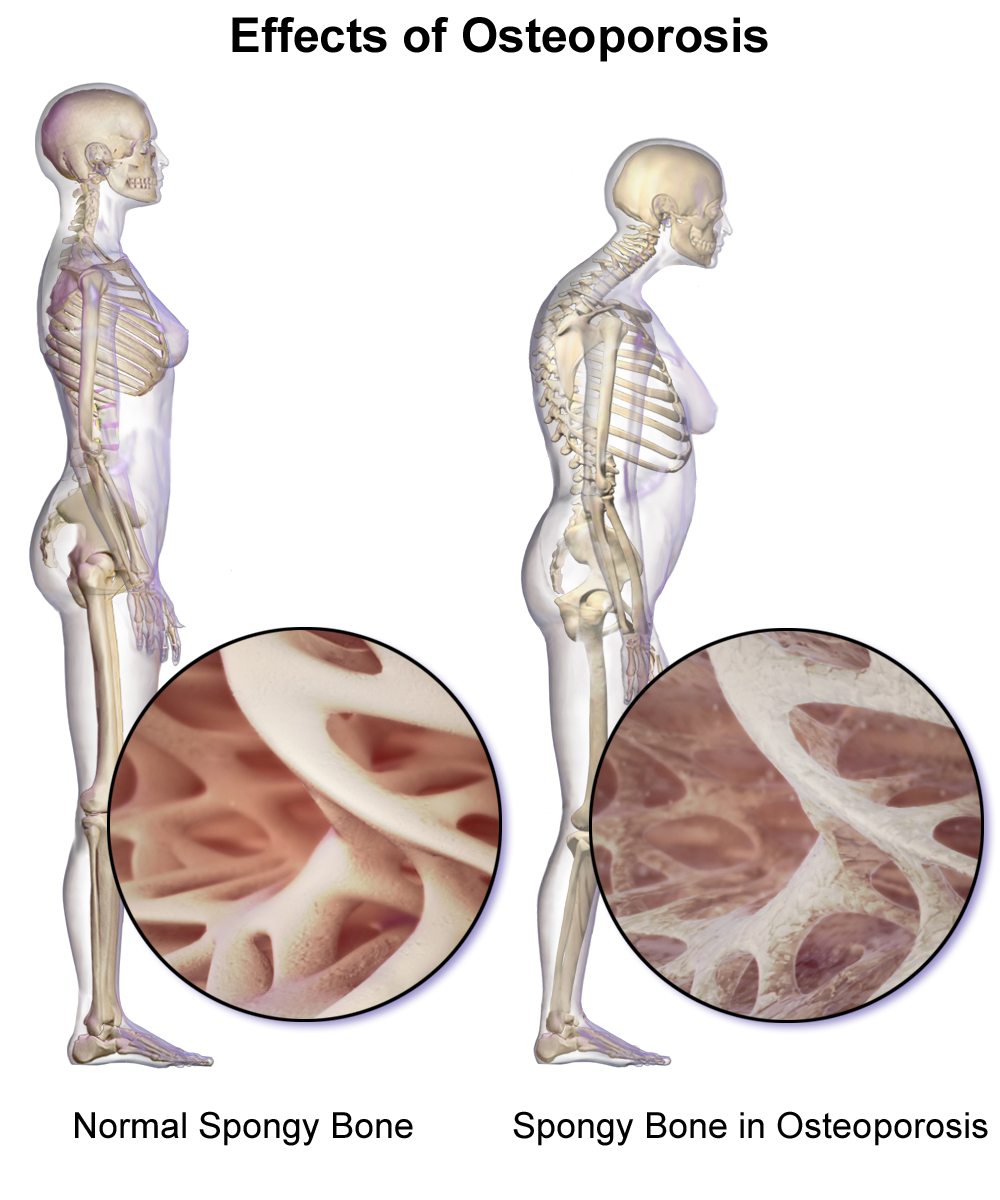
Osteoporosis is a common cause of back pain in people with COPD. You can get osteoporis if you don't eat enough calcium, which impairs your body's ability to build and repair your bones.
As a result, your bones become very thin, weak, and brittle. They can become so weak, in fact, that a minor bump, fall, or even normal activities and movements can cause your bones to break.
Most people don't notice any symptoms in the early stages, but osteoporosis can cause severe pain as it progresses and causes invisible injuries. This pain usually stems from tiny cracks, breaks, and compression fractures that patients often don't even realize they have.
The most common causes of osteoporosis-related back pain are spinal compression fractures, which usually cause a more severe kind of back pain. This type of injury tends to hurt most when you stand, walk, twist, and bend, and tends to lessen when you lie down.
Osteoporosis is particularly common in COPD patients, who often struggle to get enough nutrients from their diet—including calcium—because of how the disease affects their bodies. COPD patients also tend to avoid exercise, which weakens your bones and can lead to bone-related back pain.
Lack of Physical Activity (Muscle Atrophy and Disuse Syndrome)
Not getting enough exercise is another major factor that makes people with COPD more prone to back pain. This is a risk for patients with advanced COPD, in particular, who often find it difficult to stay active because of their severe physical and respiratory symptoms.
Not getting enough physical activity causes your muscles to break down (atrophy) and can even weaken your bones and joints. It also hurts the flexibility of your back, which can cause stiffness and pain when you move.
Unfortunately, many people avoid exercise when they have back pain, which can end up making it even worse. This can start a vicious cycle where lack of physical activity causes back pain, and untreated back pain can causes patients to avoid physical acitivity even more.
Patients that live too sedentary a lifestyle can also develop disuse syndrome, a disorder that stems from not using your body enough. It can lead to back pain, other chronic pains, cardiovascular disease, and mental disorders like anxiety and depression.
Chronic Inflammation

One of the most direct ways that COPD can cause back pain is through chronic inflammation. This happens when your immune system's inflammatory response stays active all the time, which is a very common symptom of COPD.
Chronic inflammation wears down your body and can cause a variety of serious health conditions, including heart disease and depression. Another side effect of chronic inflammation is chronic pain, including chronic back pain, which you may feel in your muscles, bones, and joints.
Inflammatory back pain is different from mechanical back pain, and can be a sign of arthritis. While mechanical back pain usually comes from physical injury to the muscles and bones in your back, inflammatory back pain is the result of inflammation in the joints of your spine.
Back pain caused by inflammation lasts for at least three weeks and is usually felt most in the lower back. In severe cases, it can lead to a type of arthritis called ankylosing spondylitis, which can affect a variety of joints in your body, and can even cause sections of your spine to fuse together in its later stages.
Inflammatory back pain gets worse when you don't move around for long periods of time and improves with movement and exercise. It doesn't get better with rest and tends to be more severe in the morning after you've been lying in bed all night.
How to Treat Back Pain from COPD
If you have COPD and suffer from back pain, you don't have to suffer in silence. There are many different options for treating back pain, including home treatment, medication, and implementing new habits in your daily life that support a healthy back.
Practice Good Posture

Bad posture can both cause back pain and make existing back pain worse. It can cause muscle strain and stiffness, compress your bones and joints, and lead to variety of back aches and pains.
On the other hand, good posture supports your spine and the muscles in your back so they don't get tired or strained. By adjusting your posture, you can relieve existing back pains and prevent more pain in the future.
People with COPD are particularly prone to bad posture because of their respiratory symptoms and tendency to avoid exercise. Because of this, it is particularly important for you to watch your posture if you suffer from COPD.
Sleeping posture, in particular, is a problem for many people with COPD. One reason for this is that lying down on your back puts extra weight on your chest, which makes it more difficult to breathe.
One solution to this is to sleep on your side, which many patients find makes it easier to breathe and sleep at night. However, to keep your spine aligned and prevent back pain, you should also put a small pillow between your knees.
Another common posture issue among people with COPD is bending over at the waist whenever they feel short of breath, because they feel it makes it easier to breathe. However, you can breathe just as well and prevent unnecessary back pain by practicing breathing exercises in an upright posture.
If you suffer from back pain and COPD, don't underestimate the power of good posture to improve how you feel. Changing your posture habits can not only relieve your back pain, but it can improve a variety of other symptoms of COPD.
To learn more about how your posture can affect your COPD, visit our guide on how to improve your COPD with good posture.

Here are some more tips for practicing proper posture to reduce back pain with COPD:
Good Standing Posture:
- Stand completely upright with your shoulders parallel to your hips and feet.
- Bend your knees slightly and place your feet slightly apart at about shoulder's width.
- Keep your shoulders pulled back, yet relaxed. Do not let them slump forward.
- Keep your chin parallel to the ground.
- Put your weight on the balls of your feet and shift from one foot to another if needed.
Good Sleeping Posture
- Sleep with a good-quality, firm mattress and pillow.
- Sleep on your back or on your side, but avoid sleeping on your stomach.
- If you sleep on your back, put a small pillow under your knees to help keep your spine straight.
- If you sleep on your side, put a small pillow between your knees to keep your hips and spine aligned.
- Consider getting a special pillow or mattress designed to aid with good sleep posture or back pain.
Don't Stay Sedentary
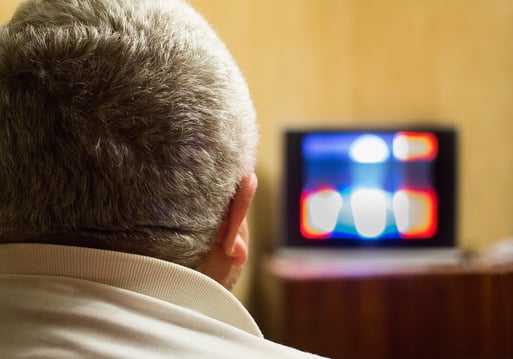
Many cases of back pain are caused by lack of physical activity, which is something that people with COPD often struggle with. Exercising with COPD symptoms can be very challenging, and too many patients simply give up and settle into an unhealthy, sedentary lifestyle.
However, being inactive leads to even more problems, including back pain, disuse syndrome, and worsened COPD symptoms. The more sedentary you are, the worse your symptoms will get, and the more your aches and pains will multiply.
This happens because, when you don't get enough exercise, your muscles atrophy and get weaker and stiffer; this can lead to both long-term and short-term back pains. Additionally, as your back muscles lose strength and tone, they also become more prone to cramping and injury.
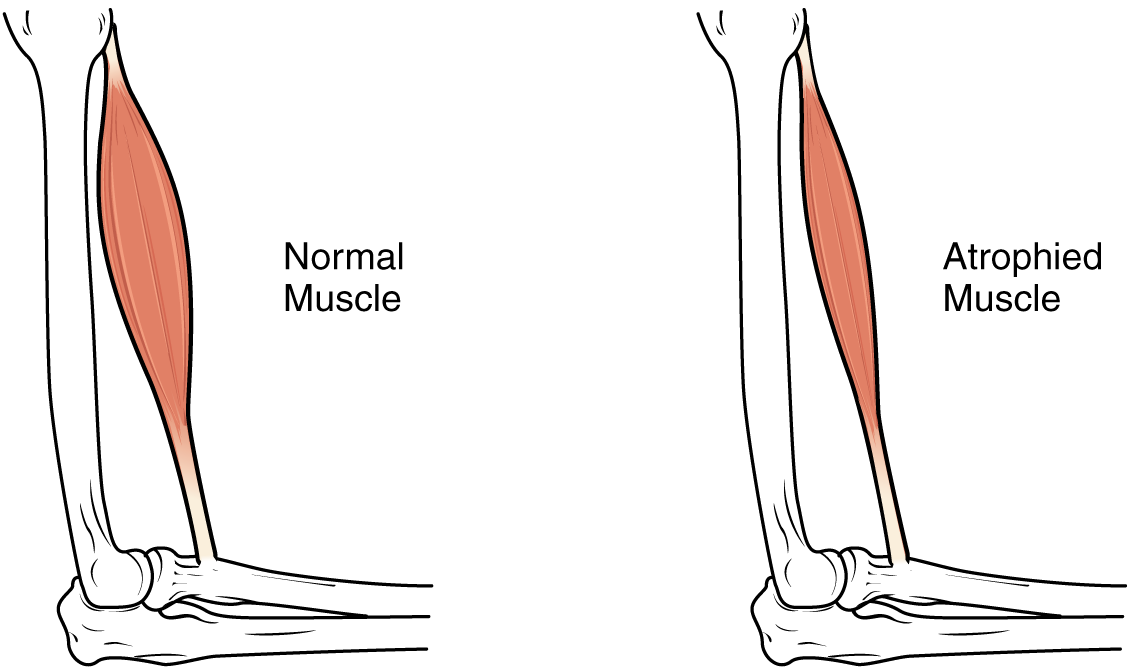
The solution to this is getting more physical activity and doing exercises that limber up and strengthen the muscles in your back. Regular exercise will not only protect your back from injury, but it can even relieve your back pain significantly.
Regular activity is especially helpful for your back if you live a sedentary lifestyle or suffer from inflammatory back pain. In those cases, getting more movement and exercise is perhaps the single most effective thing you can do to reduce your pain.
In order to keep your back in good shape, make sure to get at least 20 minutes of moderate physical activity at least three times per week. It also helps to get up at regular intervals throughout the day to stretch your back, shoulders, and spine.
Exercise Your Back

Many different kinds of physical activities can relieve pain and pressure in your back. Anything that gets your body moving can help, including stretching exercises, strength training, and cardiovascular activities like walking or biking.
Stretching and strength training exercises are particularly helpful for loosening up your back muscles and strengthening the muscles that help support your back. Muscle groups to target include your abdominal muscles, hamstring muscles, and the muscles in your upper and lower back.
For the best results, you should do strength training exercises at least four times a week in sets of 3-5 repetitions. It may take some time to see results, but you should notice an increase in strength and a decrease in pain within about six weeks of starting exercise.
It is normal to feel some pain and discomfort when you first start working out and strengthening your back. However, you should be careful to start small, take it slow, and stop if it makes your pain worse.
It helps to start out with low-impact exercises like walking, stretching, and water aerobics that won't over-stress injured muscles and joints. Abdominal muscle exercises are another great place to start because they are simple to do and they help support your back.
